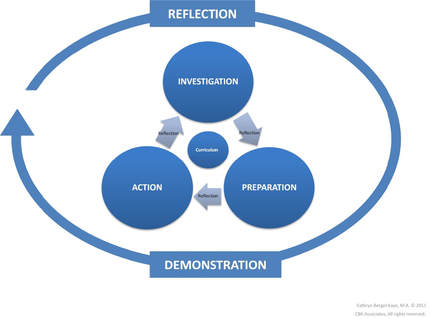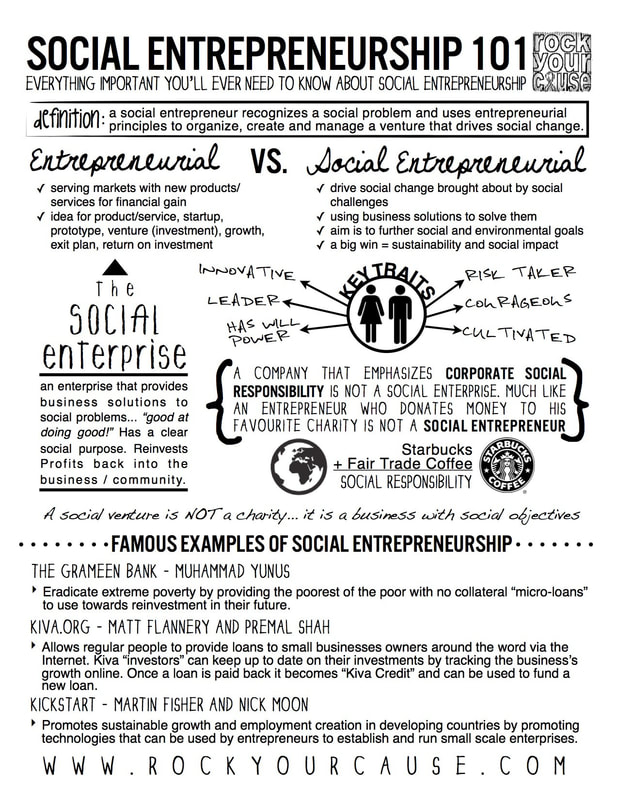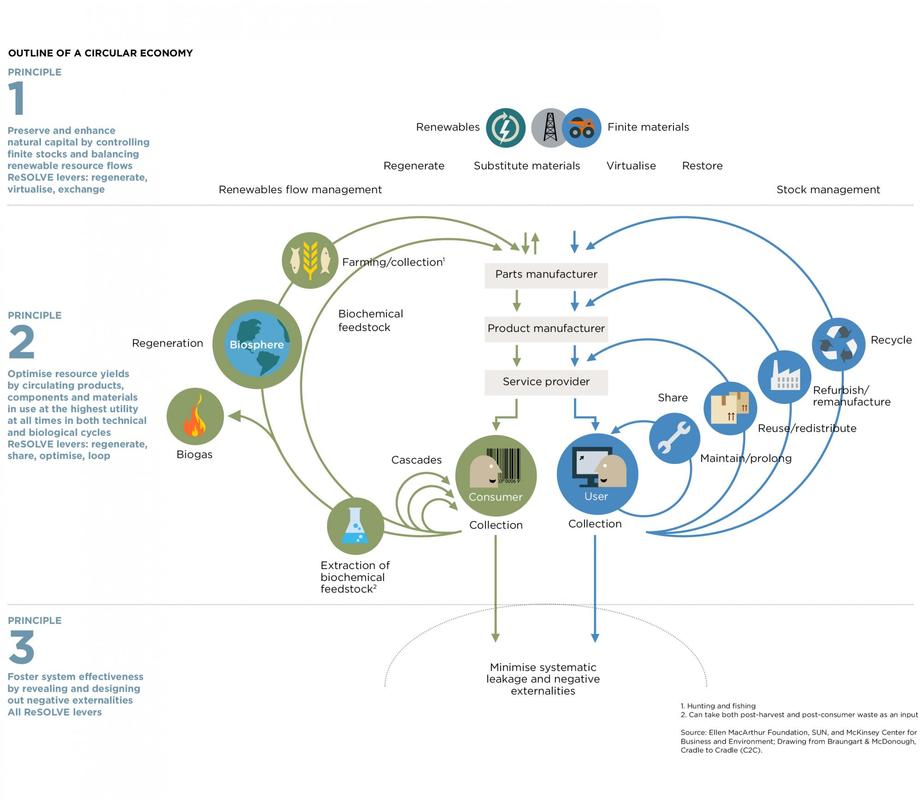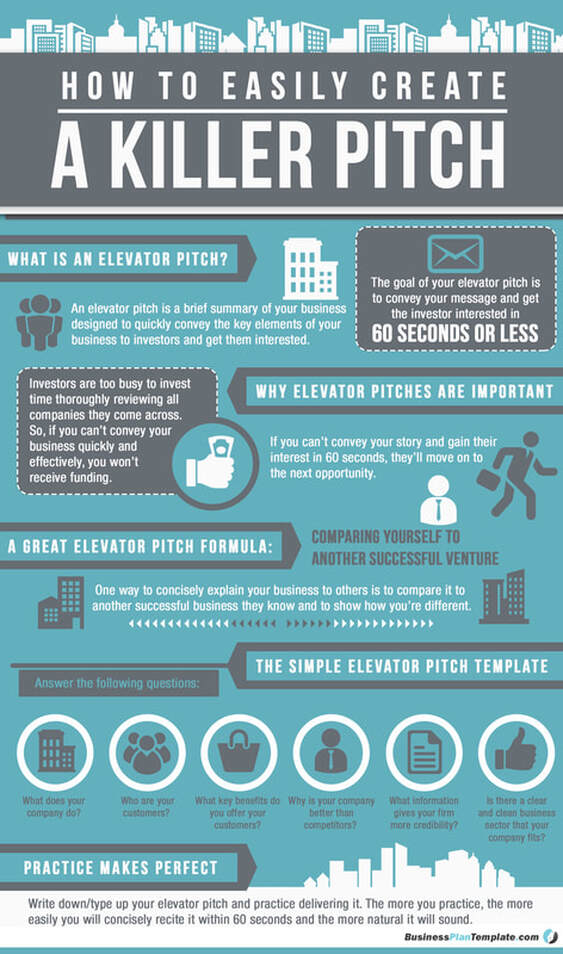Social Enterprises
It's All Connected!
Key Concept: Time, place, space

The intrinsically linked concepts of time, place and space refer to the absolute or relative position of people, objects and ideas. Time, place and space focuses on how we construct and use our understanding of location (“where” and “when”).
Service Connection: The 5 Stages & the UN SDGs
Introduction to Social Enterprises

Activity: Social enterprise analysis
Social Enterprise examples
Friends International
EGBOK: Everything is going to be okay
Steps with Theera
Cabbages & Condomns
Phare Circus
Elephant Nature Park Coffee
|
|
|
|
The Circular Economy
|
|
|
|
Overview: What is the circular economy?
Guide: Circular economy building blocks
Examples: Circular economy case studies

|
|
|
Social Enterprise Creation

Stage 1: Investigation:
This stage includes both the inventory of you and your teams interests, skills, and talents, and an analysis of social enterprises, their impacts, and ingeredients for success. This analysis requires the utilization of relevant business tools and gathering information about social enterprises through action research.
This stage includes both the inventory of you and your teams interests, skills, and talents, and an analysis of social enterprises, their impacts, and ingeredients for success. This analysis requires the utilization of relevant business tools and gathering information about social enterprises through action research.
NISTpiration
Is it possible for NIST students to create viable social enterprises that do social or environmental good (or both!)? Explore Rescued Glass and Fairnist Coffee.

Social enterprise exploring: Use the document linked below to explore your interests and talents related to social enterprises then connect with like minded people.
Social enterprise exploring
Useful Tips for Establishing a Social Enterprise
- Create a mission that addresses a social value
- Passionately believe about a social problem and dedicate their time to it
- Use innovation to dream up new solutions to existing problems
- Engage in a process of adaptation and continuous innovation and learning
- Are not bogged down by the limited resources they have access to at the moment
- Create a system that empowers their consumer and moves away from continuous "giving away" of resources
- Take responsibility for their actions and can be held accountable for the outcomes they set out to achieve
|
|
|
Student Social Enterprise Examples

ASB School Social Enterprises: Global Social Enterprise Summit Examples
Video: Sweet SOLVER - A student social enterprise
TEDspiration
|
|
|
Stage 2: Preparation:
This includes the continued acquisition of knowledge that addresses any questions that arise from the investigation; academic content; identification of groups already working towards solutions; organization of a plan with clarification of roles, responsibilities and timelines; and ongoing development of any skills needed to carry the plan successfully to fruition.
This includes the continued acquisition of knowledge that addresses any questions that arise from the investigation; academic content; identification of groups already working towards solutions; organization of a plan with clarification of roles, responsibilities and timelines; and ongoing development of any skills needed to carry the plan successfully to fruition.
Mission Statements
|
|
|

Webpage: Mission statements for social enterprises
Webpage: Social enterprise branding for success
Video: Writing a mission statement
Stakeholder Analysis
SWOT Analysis
|
|
|
Pitching Your Social Enterprise
|
|
|
|







